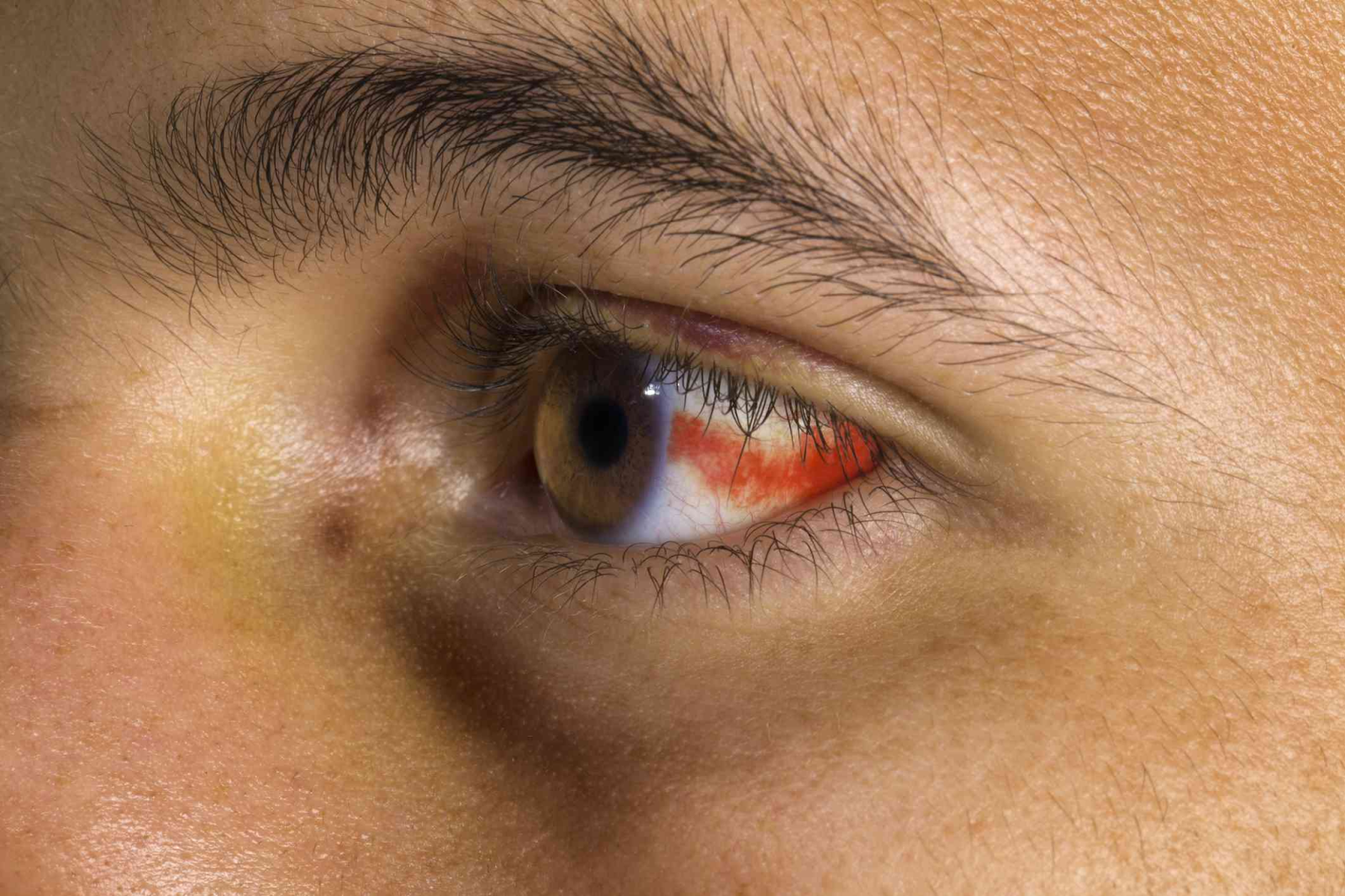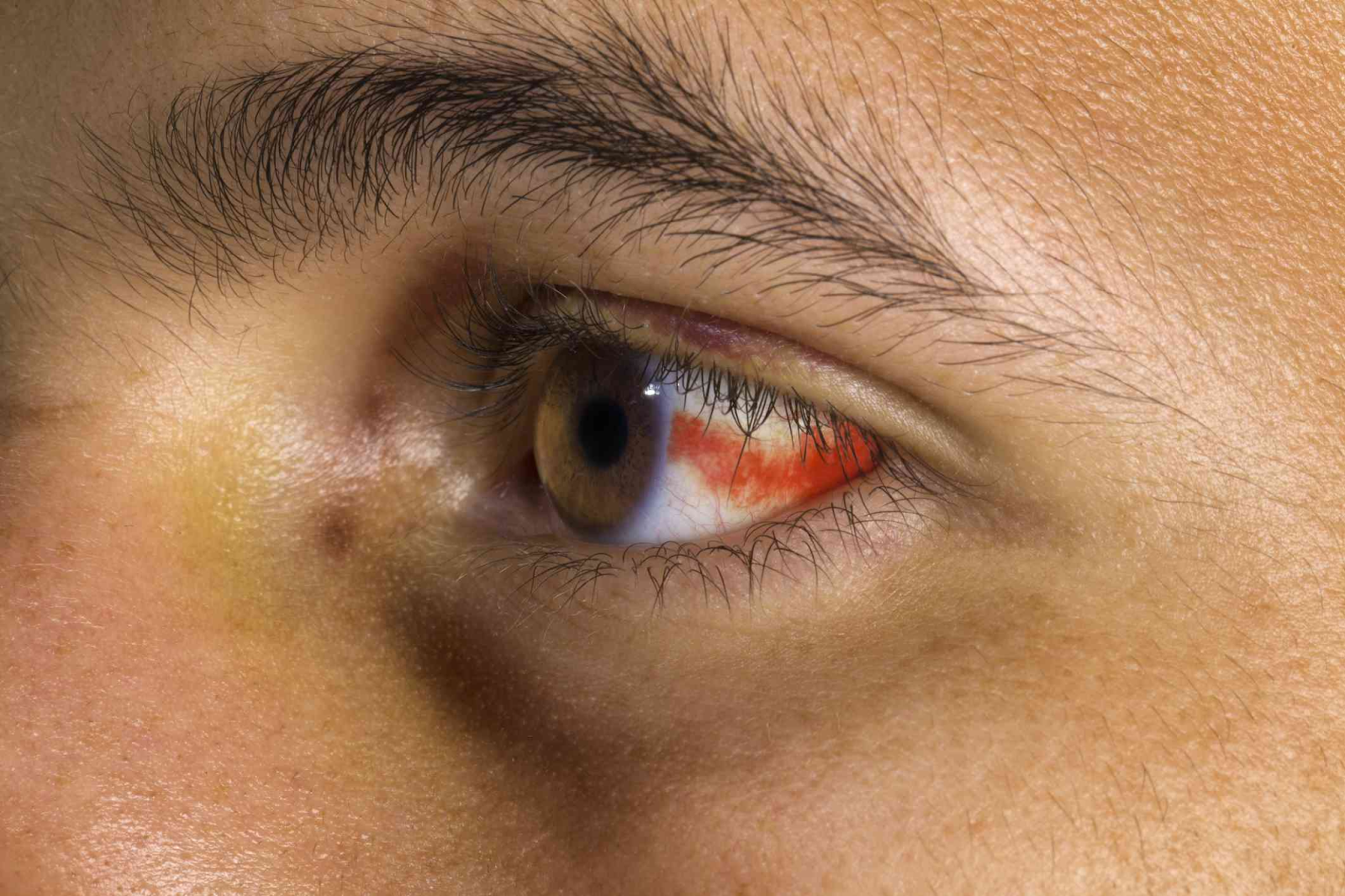In this article Eyes Now has provided all of the information you need to help guide you through subconjunctival hemorrhage, such as what it is, symptoms, causes, treatment, and more.


What is Subconjunctival Hemorrhage?
When a tiny blood vessel bursts just below the clear surface of your eye, it causes a subconjunctival hemorrhage. It resembles having a bruise on your skin in many respects. Blood gets trapped because the conjunctiva cannot absorb blood very quickly. If the white of your eye isn’t visibly red when you look in the mirror, you might not even be aware that you have a subconjunctival hemorrhage.
A subconjunctival hemorrhage frequently happens with no evident eye damage. A blood vessel in the eye might burst with even a strong cough or sneeze. There’s no need to treat it. Although a subconjunctival hemorrhage may appear frightening, it is typically a harmless condition that goes away in about two weeks.
Signs of Subconjunctival Hemorrhage
A bright crimson patch on the white (sclera) of your eye is the most visible symptom of a subconjunctival hemorrhage.
Subconjunctival hemorrhages look worse than they are and shouldn’t affect your vision, discharge, or cause any pain despite their bloody appearance. The only pain you experience can be a scratchy sensation on the surface of your eye.
Causes of Subconjunctival Hemorrhage
All of the following could be a potential cause for subconjunctival hemorrhage
Straining (during coughing, sneezing, vomiting, or while using the toilet)
infection as well as head or eye injury.
rubbing the eye excessively.
wearing lenses for contact.
taking prescription drugs, such as blood thinners and the cancer treatment interferon.
When to see a Doctor for Subconjunctival Hemorrhage
Call your doctor if the blood doesn’t stop flowing after two or three weeks, if you experience discomfort or vision issues in addition to the bleeding, if you experience more than one subconjunctival hemorrhage, or if the blood is present anywhere in the colored area of your eye (iris).
Can you prevent Subconjunctival Hemorrhage
Maintaining clean contact lenses is one action you may take to avoid damaged blood vessels if you are at risk for subconjunctival hemorrhage. wearing safety glasses when participating in sports or other activities that entail flying objects. If you have a bleeding disorder, ask your doctor.
Can Subconjunctival Hemorrhage be Treated
Treatment options for subconjunctival hemorrhage Hemorrhage within the subconjunctiva doesn’t need to be treated. If irritation develops, artificial tears (eye drops) can assist. Within two weeks, most broken blood vessels are healed.
